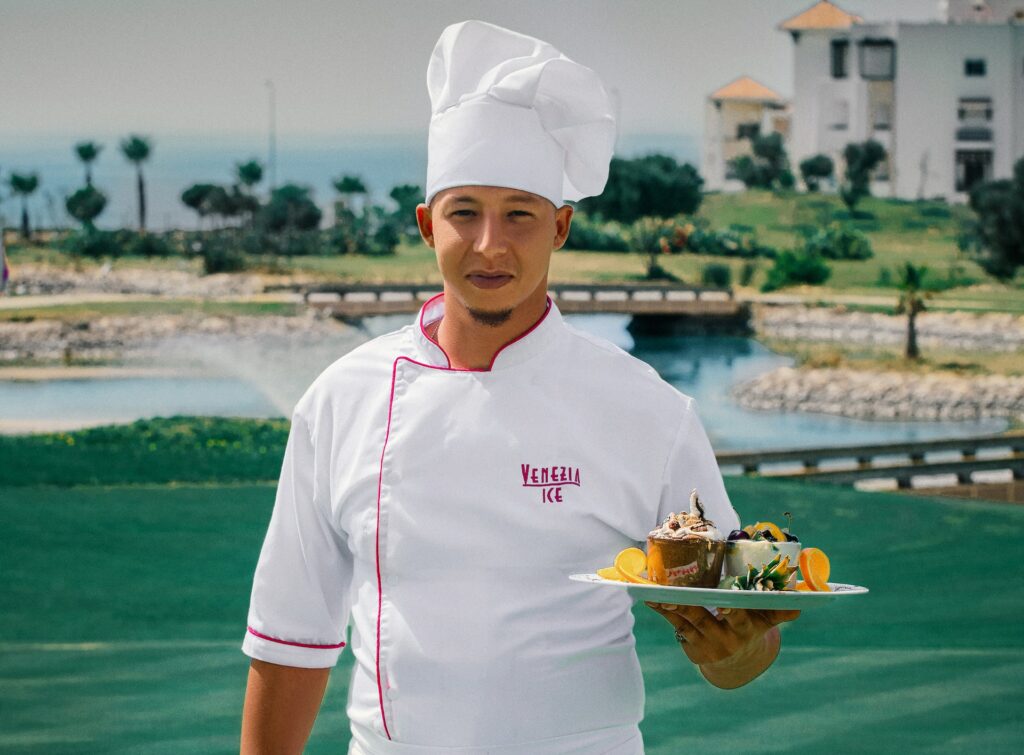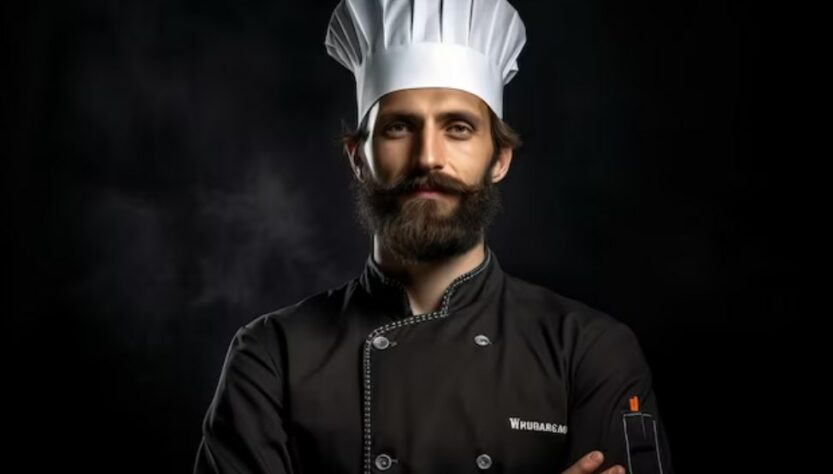Securing a position as the culinary mastermind of a kitchen demands passion, dedication, and the right set of credentials. Being in charge of menu crafting, overseeing kitchen staff, and ensuring top-tier food production are just a few responsibilities.
But what’s the path to reach this esteemed position?
Let’s unravel the steps and nuances of this journey.
The Role and Responsibility of a Top Culinary Expert
A top-tier kitchen professional is not just an expert in flavors but also manages various responsibilities. From supervising the culinary team to curating innovative menus and overseeing the quality of dishes, they ensure smooth kitchen operations. This role also encompasses efficient management of kitchen supplies and inventory.
Many aspiring kitchen leaders initiate their careers in roles like assistant chefs or even as prep or line culinary artists. Climbing to the pinnacle necessitates around five years of immersive training spanning all kitchen facets.
Certification Essentials: ServSafe
For those aiming to lead and guide a team, acquiring the ServSafe Food Protection Manager certification is often imperative. It can be pursued either online or via in-person classes. Online modules typically conclude in under 90 days with a fee of $125, while offline courses vary based on location. Check servsafe.com’s “Class Locator” for nearby offerings.

Diverse Certification Opportunities
The culinary world offers a plethora of certificate programs, available both digitally and offline. Depending on the institution and program length, the pursuit of such certificates might require an investment between $3,000 and $6,000 and span up to two years.
The Value of Diplomas
For hands-on exposure, culinary diplomas present an ideal opportunity. Typically more affordable than degrees, these programs are accessible through various institutions, including culinary schools, community colleges, and universities. Aspiring leaders might also find value in programs related to restaurant or food and beverage management.
Pursuing Formal Education: Degree Options
For individuals without prior exposure, degrees in the culinary arts can offer a holistic foundation. These programs combine hands-on training with practical externships. While a bachelor’s degree spans four years, an associate’s can be completed in one to two years.
Employment Avenues for Culinary Leaders
A top culinary professional has a vast array of employment avenues:
- Dining establishments;
- Accommodation facilities;
- Ocean liners;
- Entertainment venues;
- Corporate entities;
- Media production houses;
- Healthcare institutions;
- Educational institutions;
- Vacation destinations;
- Event spaces;
- Wellness centers;
- Residential settings;
- Event catering entities;
- Prestigious households;
- And even esteemed government residences!
Compensation Overview
Annually, a top culinary professional’s earnings can range between $35,000 and $50,000, contingent on the establishment’s yearly revenue.
Concluding Thoughts
Charting a career path in the culinary world demands diligence, expertise, and the right credentials. With varied training routes, certifications, and employment prospects, the journey to becoming the leading culinary figure offers both challenges and rich rewards.
Choose the right avenues, stay committed, and the culinary crown can certainly be yours.
